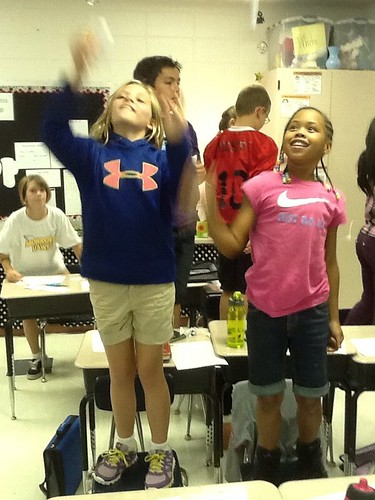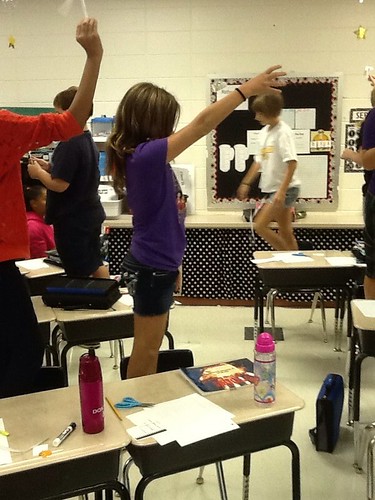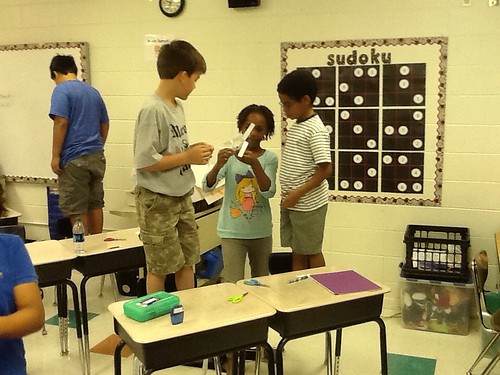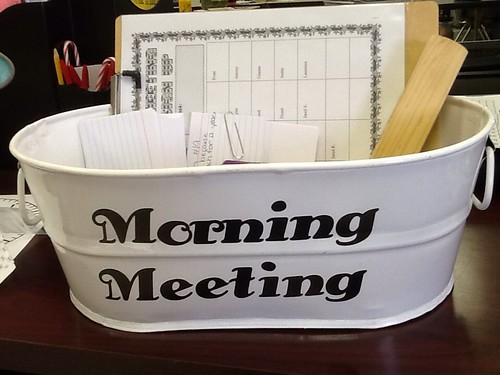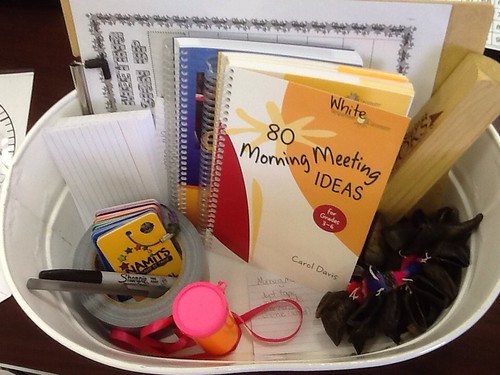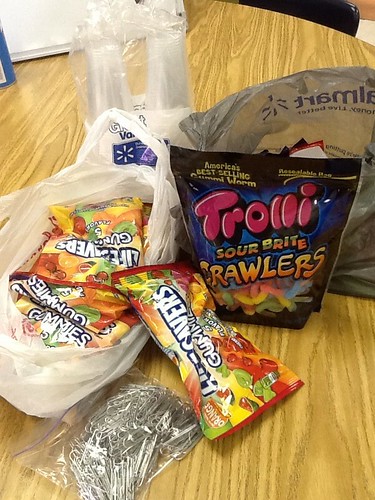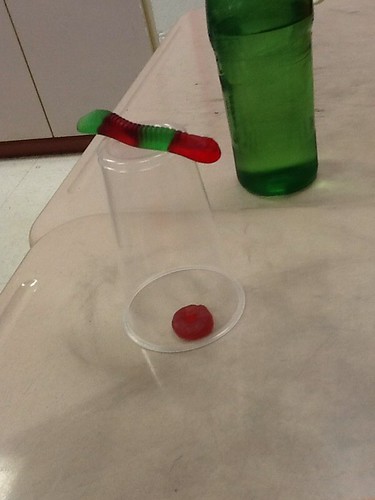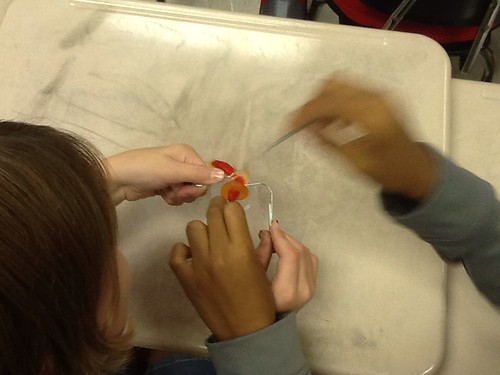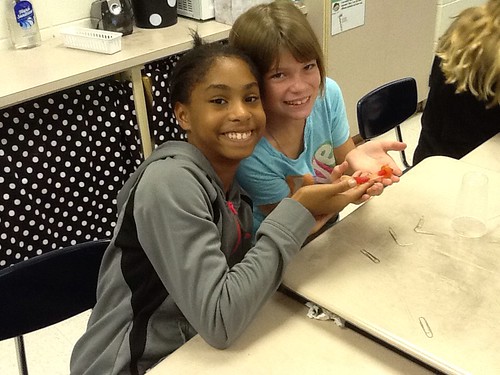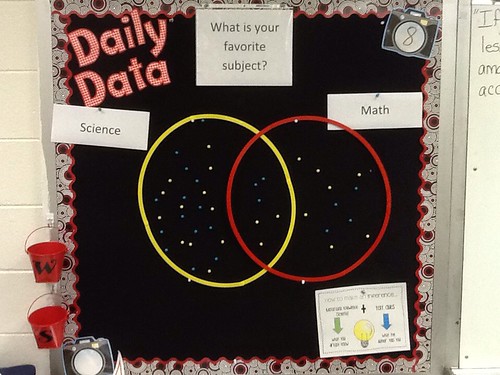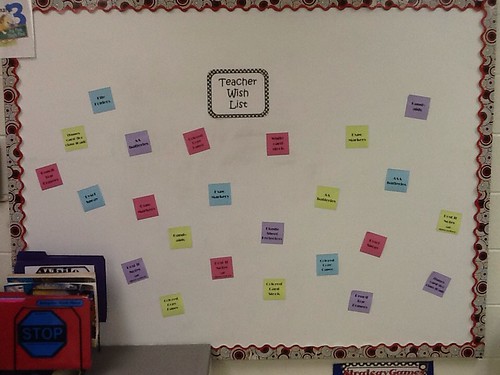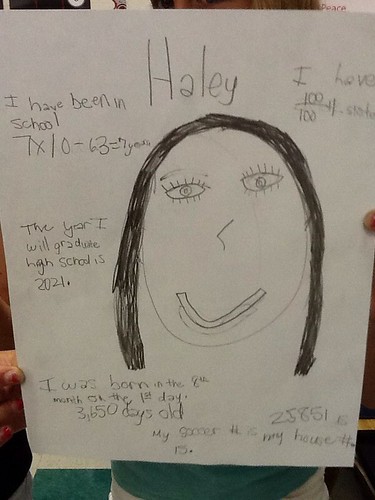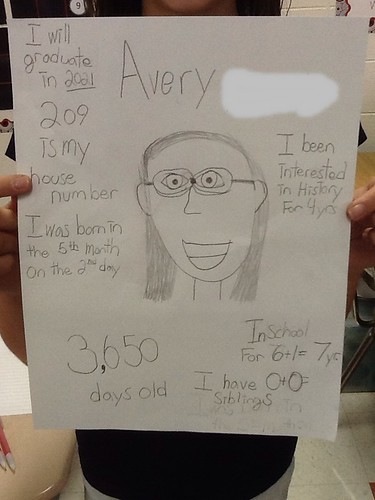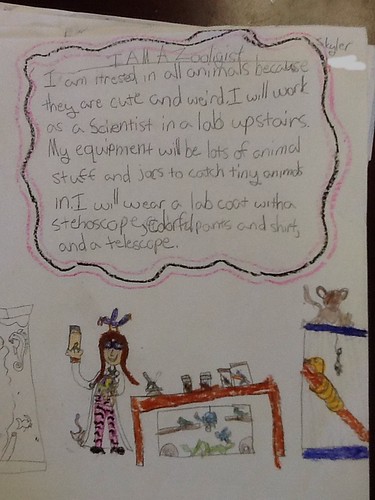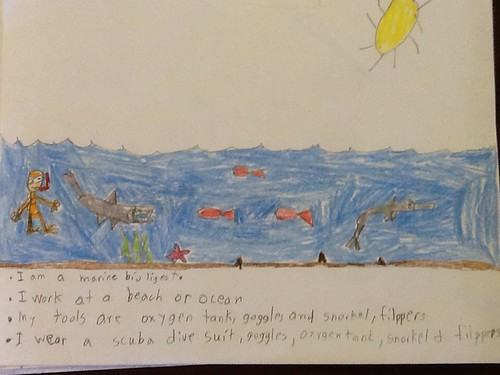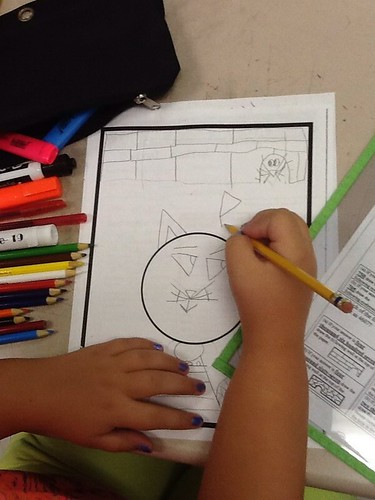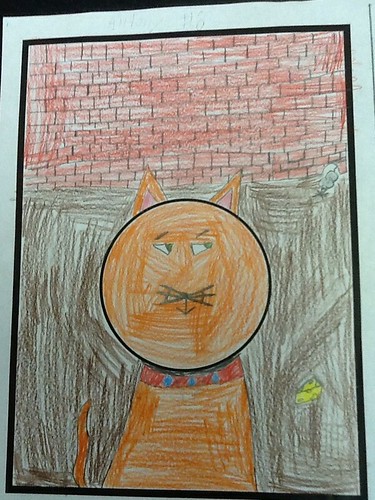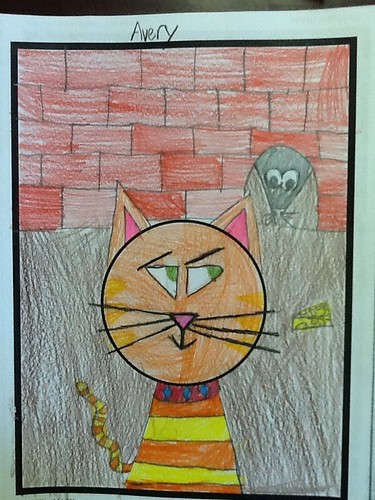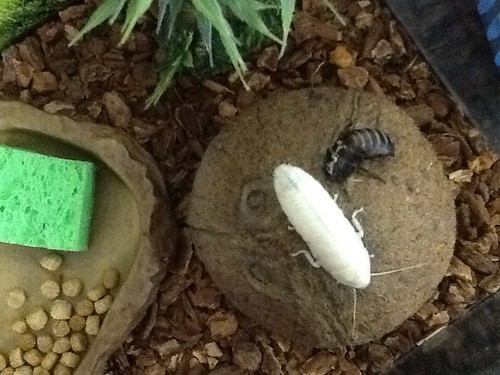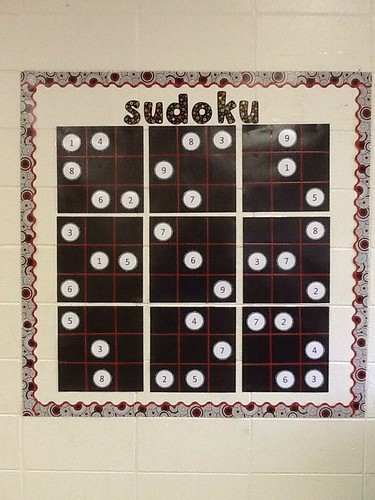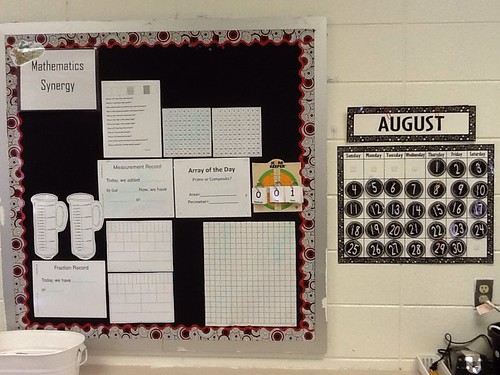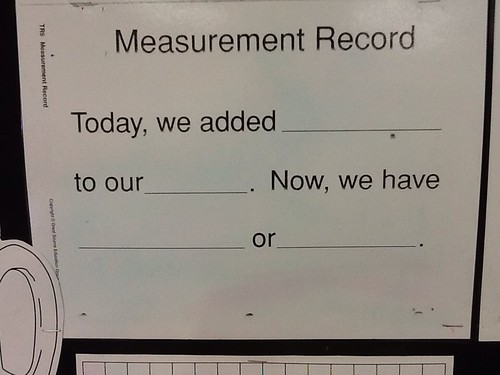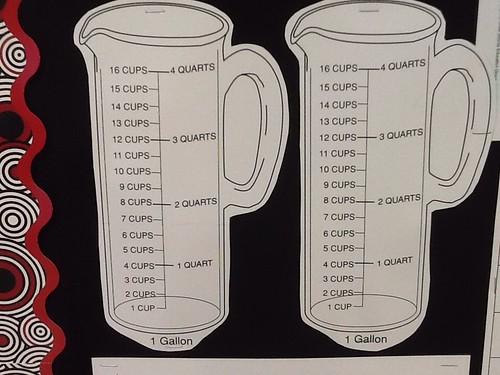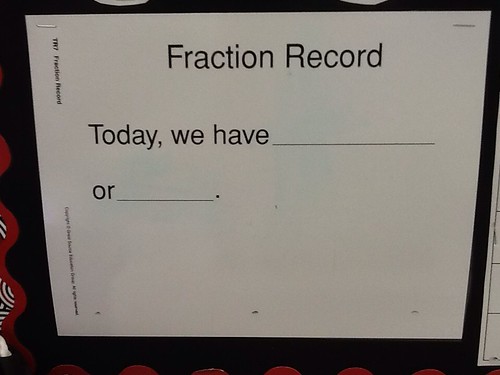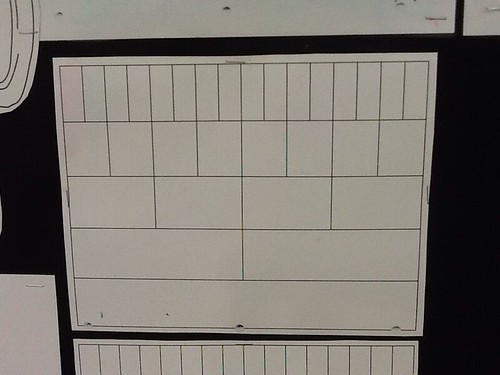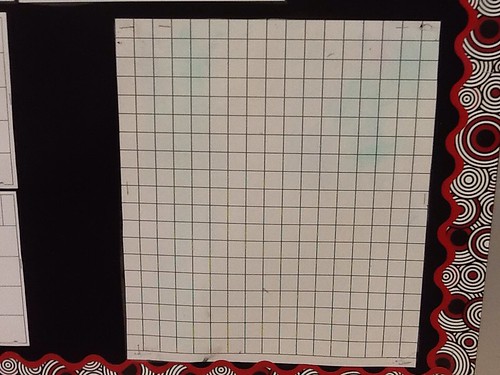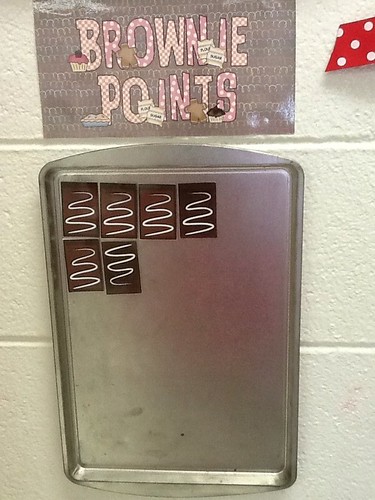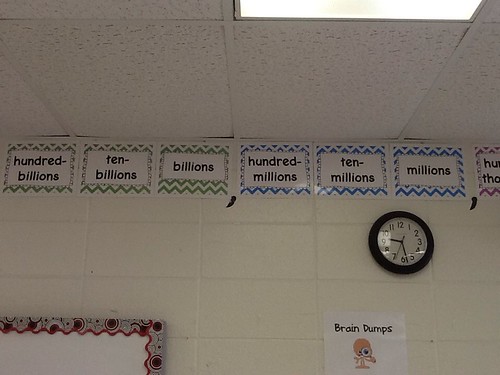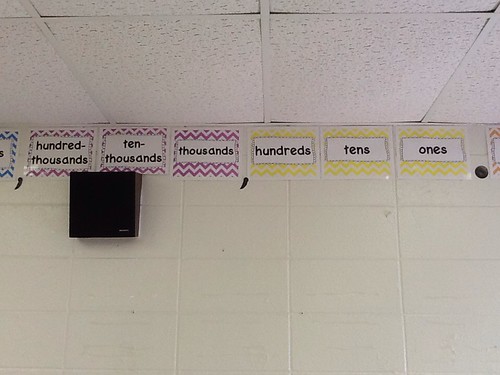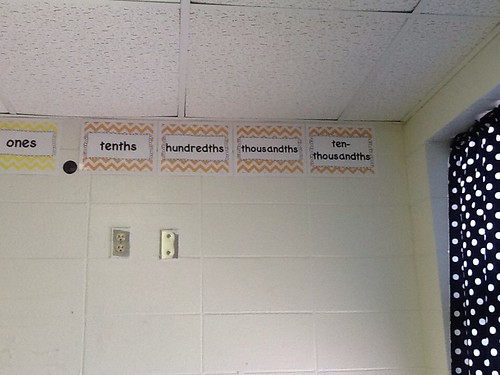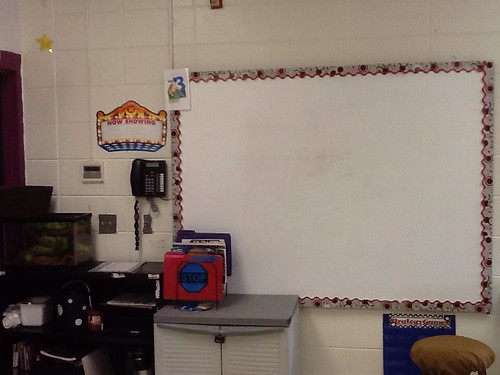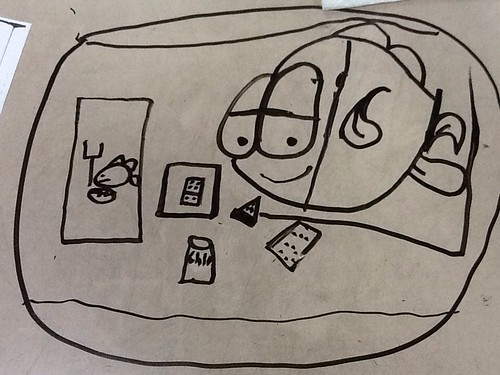
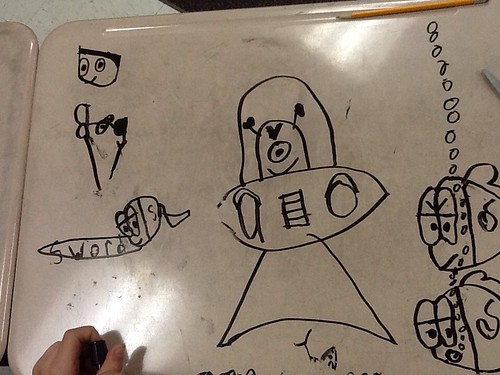
This week I also taught the kids several new math games and let them play with them. Each person got to choose one of the games I taught to test.
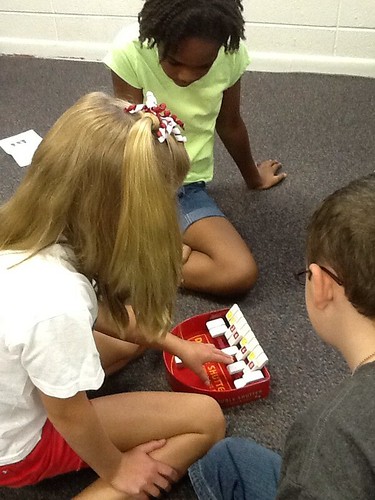
Double Shutter
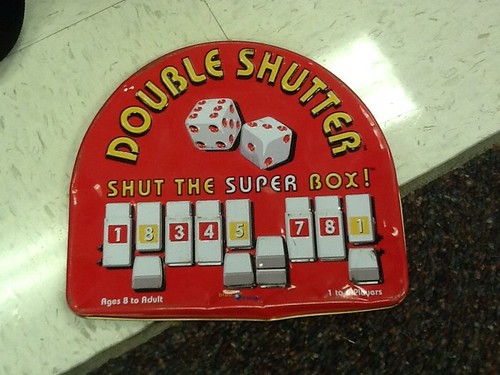

Cirplexed
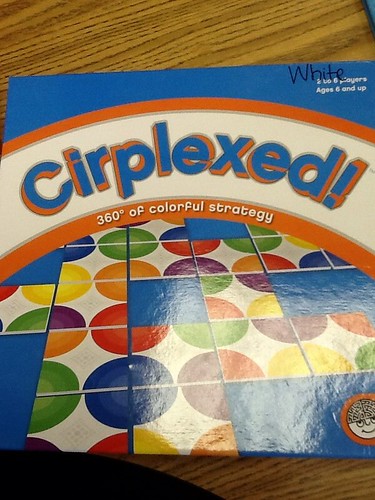

Qwirkle- I only found two mistakes and that's pretty good for the first time with this game. I think this one is a little more challenging.
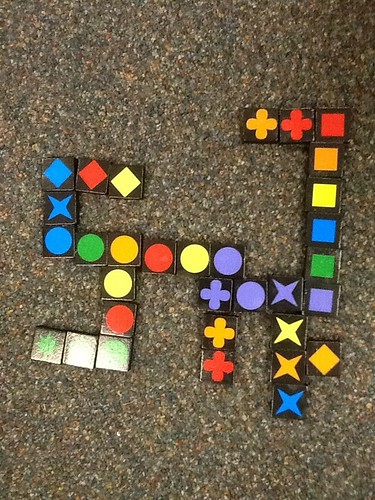
Q-bitz
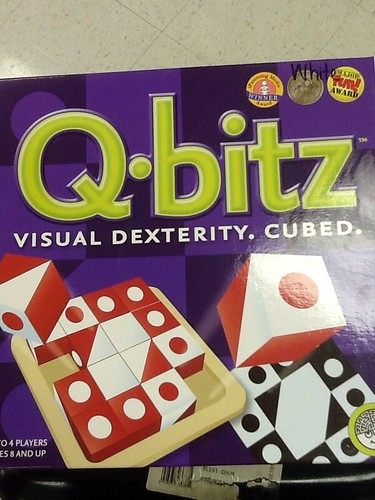
Can you tell I like games from Mindware? The kids loved them as well. So I picked a few students to use a new app on my iPad and create a Gami to explain which games they liked the best. Check out a few of our new Gamis! Like the app and want to use it with your students? It is called Tellagami.
This week during Morning Meeting I shared this book and we talked about some of the insects people eat.

Then I pulled out the crick-ettes and most of my students ate one.

Some of them thought there were pretty good.

Others were completely grossed out!
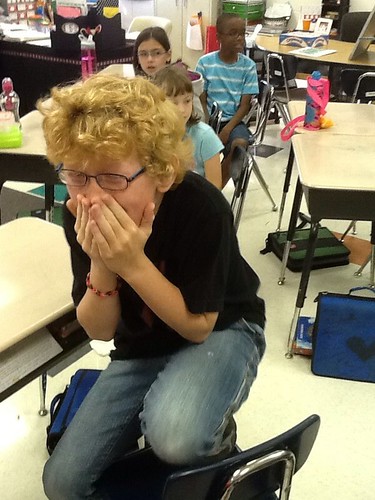
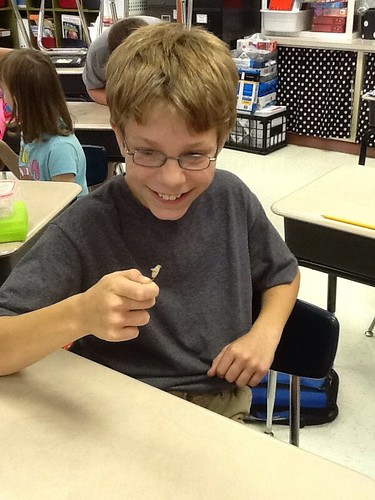
I've had a few people asking about my Math Synergy board so I thought I'd post a few pictures of what we've done since school started. You can see the number of the day, which was 14 in this picture.

The kids take the number and draw as many arrays that they can with 14 tiles. This helps them to determine if the number is prime or composite.
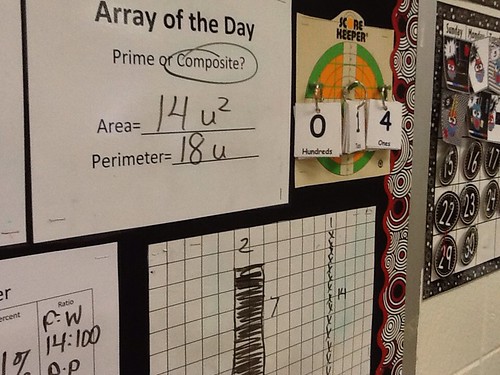
I also added this chart for today's number. We write the number as a fraction, equivalent fractions, decimal, percent, and ratios. We have a part to whole and part to part ratio.
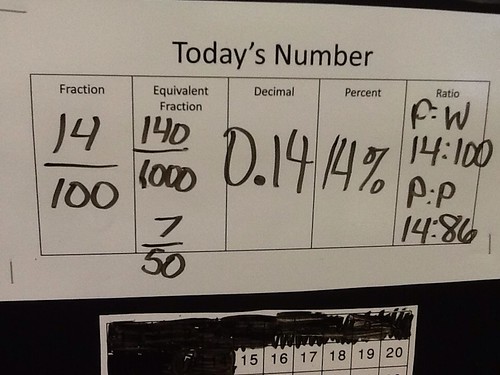
We also complete our Daily Data notebook on Thursday. Throughout the week the kids get to vote to answer a question. This week the question was "What is your favorite kind of M&M?" Peanut or plain
The students write the following things in their composition notebook for daily data:
question of the week
draw the venn diagram with totals
draw a bar graph
I1 & I2- Write 2 inferences about the data from the graph.
Who cares? Write 2 people who would care about this data and explain why.
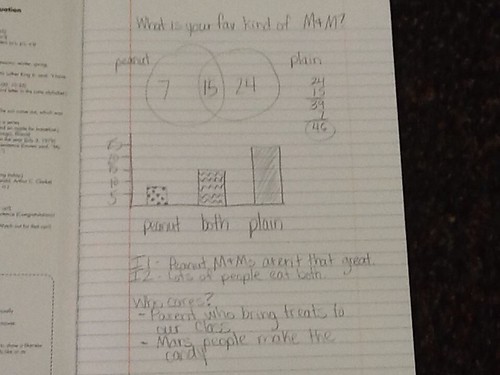
Later I'll add a few more things but that's all we do right now.
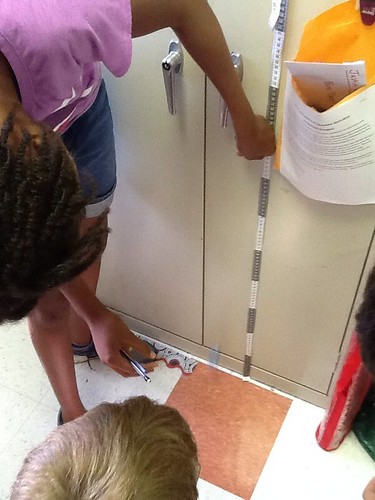
We wrapped up the week with an experiment to explore potential and kinetic energy. Students used a tape measure to measure the bounce height of a bouncy ball when dropped from different heights.
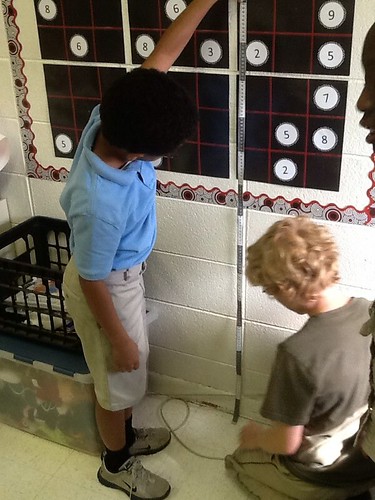
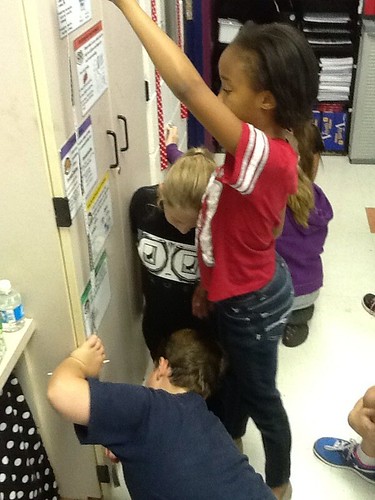

Then they completed the chart with the heights from their groups, average bounce heights for each, and a graph of the data.

Students mentioned they thought this was math. We talked about the fact that you use math in science a lot.
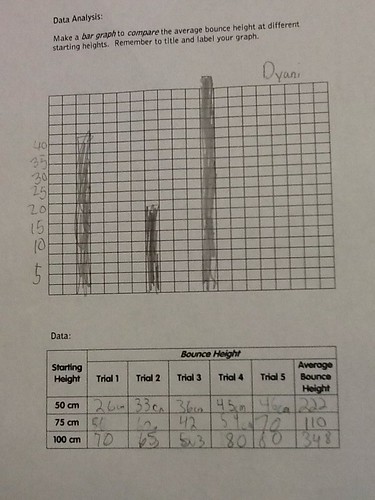
STUDENTS: Create a question for our daily data board. What would you like me to ask and what would the two choices be?


